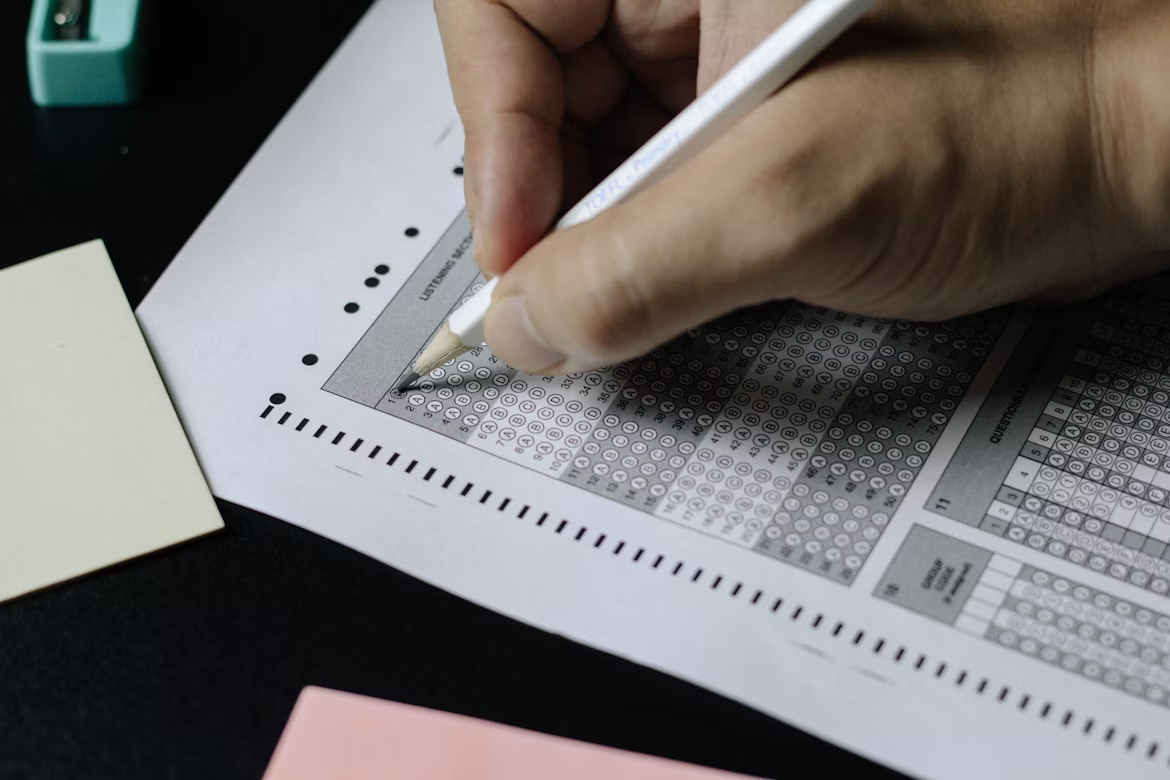All students in the Capistrano Unified School District are required to take the SBAC from grades three through five, eight and also 11. Their results have been released, and students across CUSD are seeing how their performance can directly impact their grades.
The SBAC is designed to measure student knowledge of grade level subject matter, critical thinking, and problems solving skills. This test adapts to each student’s performance level, giving an accurate measure of their abilities. Results from the SBAC are used not only by teachers to tailor instruction, but by schools and districts to evaluate curriculum effectiveness and guide educational decisions.
Grace James (12) believes teachers should use the results of the SBAC to find out students strengths and weaknesses within a certain subject.
The examinations will not be counted as direct assessments for classes, yet scoring well can raise a student’s overall grade in the class. For example, if a student has a B+ in their English class and they exceed the standard on the test, their grade in that English class will be increased to an A- on the transcript. This change aims to influence students to work hard and succeed on the SBAC test.
Ansh Sharma (12) believes this change will better motivate students to pursue academic excellence than other types of rewards. He argues that rounding up grades based on high SBAC scores is a fair way to acknowledge a student’s above-average performance in a subject, reflecting their success in that class.
Some students and parents have raised concerns about the fairness of using a single test to influence course grades. While the SBAC is designed to measure key academic skills, not all students perform well under standardized testing conditions.
James believes teachers and schools should use this data to improve their teaching methods and target specific areas of learning to improve testing results. This has led to an ongoing discussion about whether SBAC performance should be just one of many factors considered in evaluating a student’s success in a class.
As the district continues to refine its use of SBAC data, there are discussions about how to prepare students more for the exams. Some teachers are incorporating SBAC-style questions into their lesson plans to build familiarity and reduce test anxiety. Others are offering optional workshops and review sessions ahead of testing windows.
While opinions remain divided on how much weight the SBAC should carry, there is a shared understanding that the goal is to support student learning and success both in and out of the classroom.







